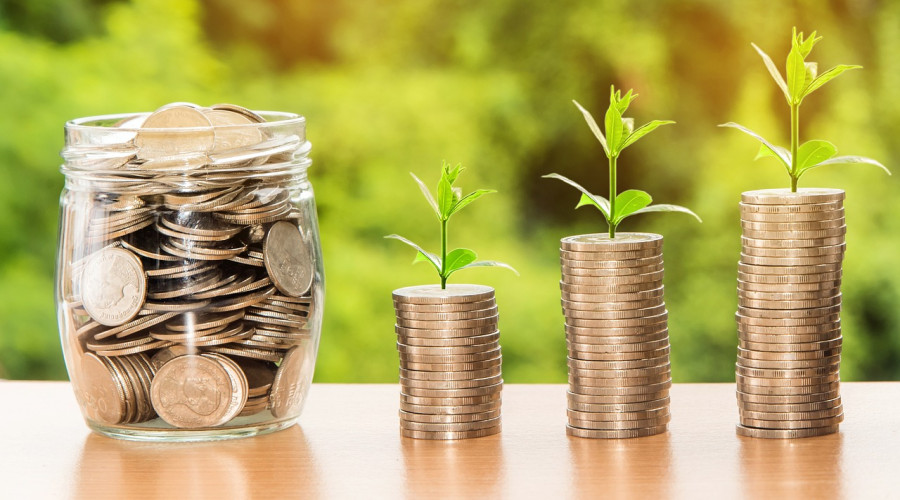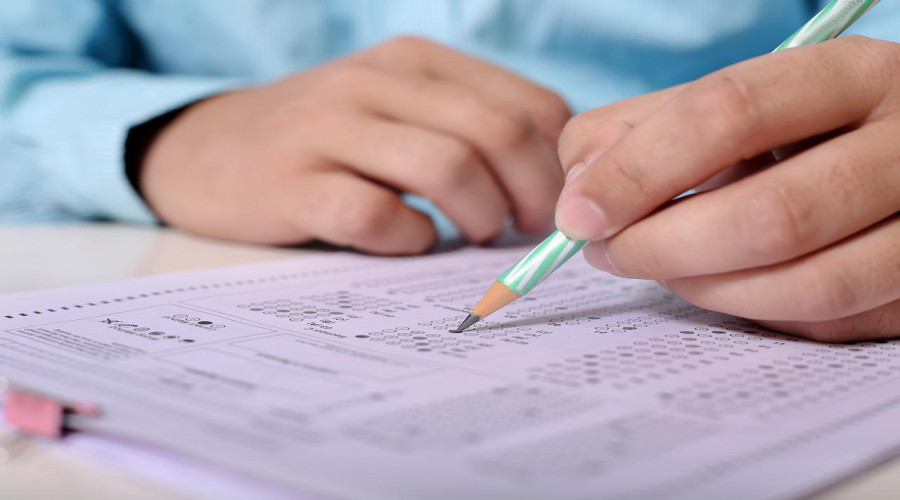Building Your Financial Future: The Importance of an Emergency Fund

13
Nov
Building Your Financial Future: The Importance of an Emergency Fund
In today's uncertain economic climate, having a financial safety net is more crucial than ever. An emergency fund can provide a much-needed cushion during unexpected financial hardships, such as job loss, medical emergencies, or car repairs. As a student, building an emergency fund may seem challenging, but it's a worthwhile investment in your financial future.
Why is an Emergency Fund Important?
Financial Security: An emergency fund can help you weather financial storms without resorting to high-interest debt.
Tranquility: Knowing you have a financial safety net can make you feel calm and at ease.
Opportunity Fund: An emergency fund can provide the opportunity to seize unexpected opportunities, such as starting a business or pursuing further education.
How to Start Building Your Emergency Fund
1. Set a Realistic Goal: Determine how much you want to save for your emergency fund. A good place to start is to save up for three to six months' worth of living expenses.
2. Create a Budget: Track your income and expenses to identify areas where you can cut back.
3. Set up Automations: You can automate your savings through transfers from your checking account to your savings account. Also, you can use savings apps like Piggyvest, and Cowrywise.
4. Use High-Yield Savings Accounts: Optimise your savings by opting for a high-yield savings account with a competitive interest rate. For example, Piggyvest offers 12% annual Interest on saving accounts, and Standard Chartered Bank offers 8.03% annual interest on savings accounts.
5. Consider a Separate Savings Account: Create a separate savings account specifically for your emergency fund to avoid temptation.
6. Review and Adjust: Regularly review your budget and savings goals to ensure you are on track.
Tips for Maintaining Your Emergency Fund
Resist Withdrawing Your Emergency Fund: Spend your emergency fund only on real emergencies.
Replenish Your Fund: Once you have withdrawn funds from your emergency fund, make it a priority to replenish it.
Consider a Rainy Day Fund: In addition to your emergency fund, consider creating a rainy-day fund for smaller expenses like car repairs or unexpected bills.
Review Your Emergency Fund Regularly: As your financial situation changes, reassess your emergency fund goals.
Building an emergency fund may take time and discipline, but the benefits are significant. By taking proactive steps to save money and create a financial safety net, you can protect yourself from unexpected financial challenges and achieve long-term financial security.
Start building your emergency fund today. Even small amounts can add up over time. Remember, every step you take towards financial security brings you closer to achieving your goals.




